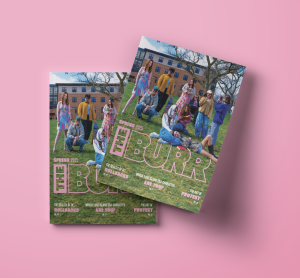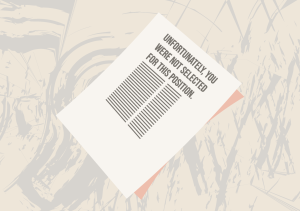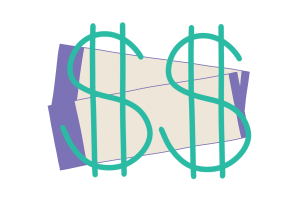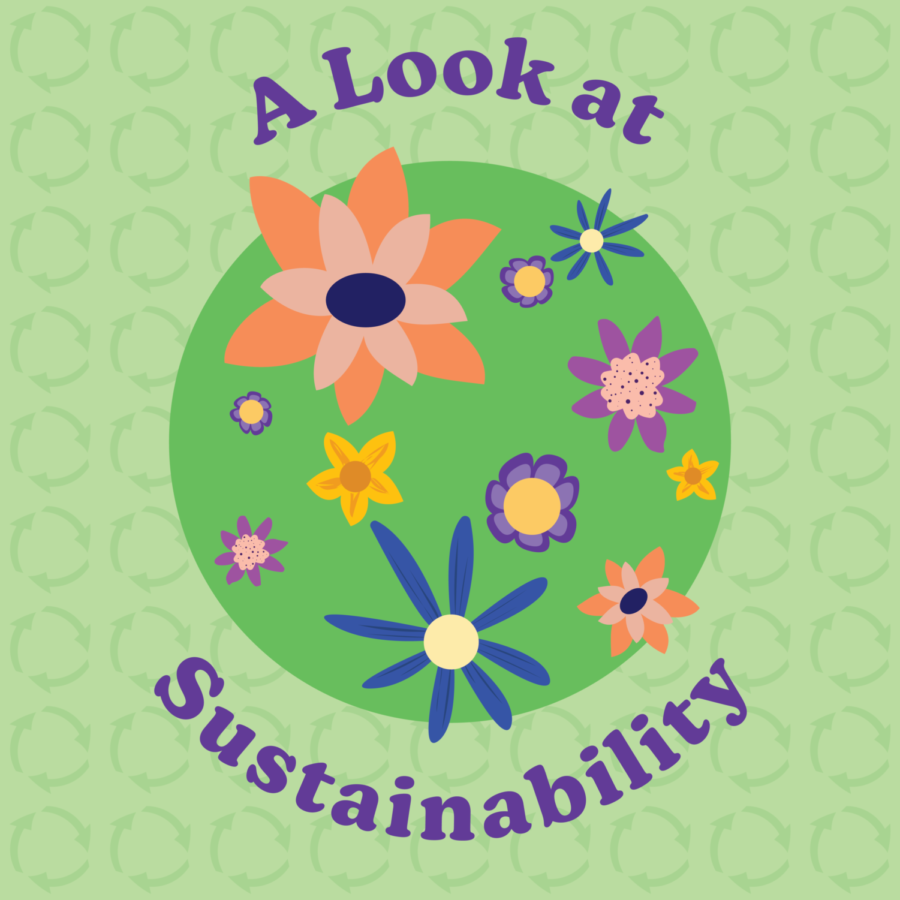A Look at Recycling
March 3, 2023
According to the 2018 EPA report, America produces around 292.4 million tons of trash a year, equivalent to about 4.9 pounds per person per day.
In an average year, a single American will produce an astonishing 1,788.5 pounds of waste. To put this into perspective, this weight amounts to 121 full bookbags, 610 shoes and 40 cases of soda.
Unfortunately, only 23% of this waste is recycled.
To make matters worse, many of the materials that are sent to landfill can be recycled; paper/paperboard make up 23.05% of all national waste, followed by plastics (12.2%), metals (8.76%), wood (6.19%) and glass (4.19%).
The disparity between recycling’s potential and its implementation is staggering. Clearly, our current system has some very significant flaws.
The first major issue is that some recyclable materials are not accepted by municipal plants. An example in Portage County is plastics numbered 3-7. These items are not collected despite their capacity to be recycled.
Ultimately, recycling plants are a business. If a recycling plant cannot make money off of a material, usually when an identical raw material costs less for buyers, it will not be accepted or remade into a new product.
Widely accepted materials are those that can be easily separated, are pure materials (as opposed to mixed materials), are energetically inexpensive, and can financially compete with the raw form of the finished product.
The second major issue is that accepted materials vary by location. For many people, this inconsistency is confusing and can indirectly cause ‘contamination.’
Contamination is when a dirty material, a container covered in food, for example, or an unaccepted material is placed into the recycling bin. When this happens, an entire bin may be thrown away because it is cheaper than manually separating or cleaning the material.
Consequently, it is important to know the recycling guidelines of your local municipal recycling plant.
The Portage County municipal plant accepts glass jars and bottles, aluminum/steel/bi-metal cans, number1 or number2 plastics, newspapers, magazines, catalogs, office paper, junk mail, paperboard boxes, cardboard, and milk/juice cartons.
In general, it is better to throw out a dirty material or an item you are unsure about than to place it in the blue bin. As the saying goes: when in doubt, throw it out.
It is important to note that municipal recycling plants are only one of many ways to recycle. Terracycle, for example, is a business-sponsored recycling program that accepts unconventional materials.
You can also keep a lookout in your own community for local recycling programs. Commonly, grocery stores offer recycling programs for single-use plastic bags.
Despite recycling’s systemic flaws, it can still have a dramatically positive impact on the environment. When compared to the extraction of raw resources, recycling conserves natural resources, reduces carbon emissions, saves energy, creates jobs, diverts waste from landfill and reduces pollution.
Especially when utilized in conjunction with other methods (refuse, reduce, reuse and rot), recycling is one of the most convenient ways to reduce your individual impact on the environment.




















